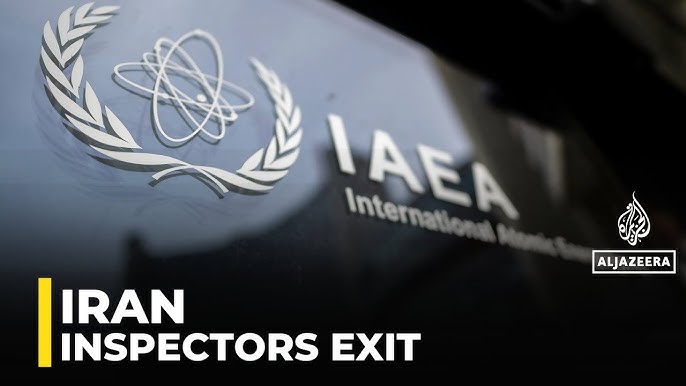Iran Cuts Ties with IAEA Following Conflicts with US and Israel
On July 3, Iran’s President Masoud Pezeshkian decreed a halt to the nation’s engagement with the International Atomic Energy Agency (IAEA). This development followed the critical attacks on three prominent Iranian nuclear installations instigated by the United States, while concurrently, Iran found itself embroiled in an aerial conflict with Israel.
In the upcoming diplomatic dialogue with the IAEA, the Islamic Republic of Iran’s Foreign Ministry anticipates a complex and technical nature of the talks. These discussions represent a reinstating of dialogue between the two entities, since Tehran severed ties with the nuclear oversight agency in the previous month.
The decision to cut ties had come in the aftermath of a 12-day aviation conflict instigated by Israel and the US, during which numerous Iranian nuclear establishments were targeted and devastated. In the midst of the conflict, the IAEA’s governing body pointed out on June 12 that Iran had failed to meet its non-proliferation commitments.
Interestingly, the declaration came one day prior to Israeli air strikes on Iran which triggered the conflicts. With respect to the subsequent visit by the IAEA’s deputy chief, the agency did not immediately release any information or comments.
Esmail Baghaei, the spokesperson for the Iranian Foreign Ministry, hinted at the possibility of a meeting with Foreign Minister Abbas Aragchi. He, however, maintained an air of uncertainty about the outcomes of these discussions acknowledging their high-stakes and complex nature.
Baghaei voiced his dissatisfaction with the IAEA’s handling of the situation during the conflict with Israel in June. He criticized the organization’s mute response to the air attacks on Iranian facilities which were under continuous surveillance, and furthermore, their hesitance in correcting and taking a strong stance against these infringements.
Previous statements by Aragchi suggested that future collaboration with the international body would first require authorization from Iran’s topmost security organization, the Supreme National Security Council. This framework for future cooperation would necessitate a reshaping of the cooperation structure between both parties.
The consequences of this decision may have substantial implications on the ability of international inspectors to monitor Tehran’s operations. It might especially impact their ambition of attaining near weapons-grade levels of uranium enrichment.
The order from Iranian President Masoud Pezeshkian on July 3 suspending cooperation with the IAEA was issued in direct response to US-launched airstrikes on major Iranian nuclear infrastructures. These bombings were executed in conjunction with Israel’s air war on Iran, which resulted in the demise of approximately 1,100 individuals, including several high-ranking military officials.
Moreover, Iran’s counter-attacks resulted in 28 casualties on the Israeli side. Iran has previously employed the tactic of restricting IAEA inspections to put pressure in its negotiations with Western nations.
The frequency and conditions of IAEA inspections remain unclear going forward. Also uncertain is the timeline of when discussions between Tehran and Washington about reaching an agreement on Iran’s nuclear program might recommence.
Previously, both US intelligence bodies and the IAEA determined that Iran had ceased its organised nuclear weapons program by 2003. Although recent activities indicate Tehran had been processing uranium levels up to 60%, just a technical step away from weapons-grade enrichment of 90%.


